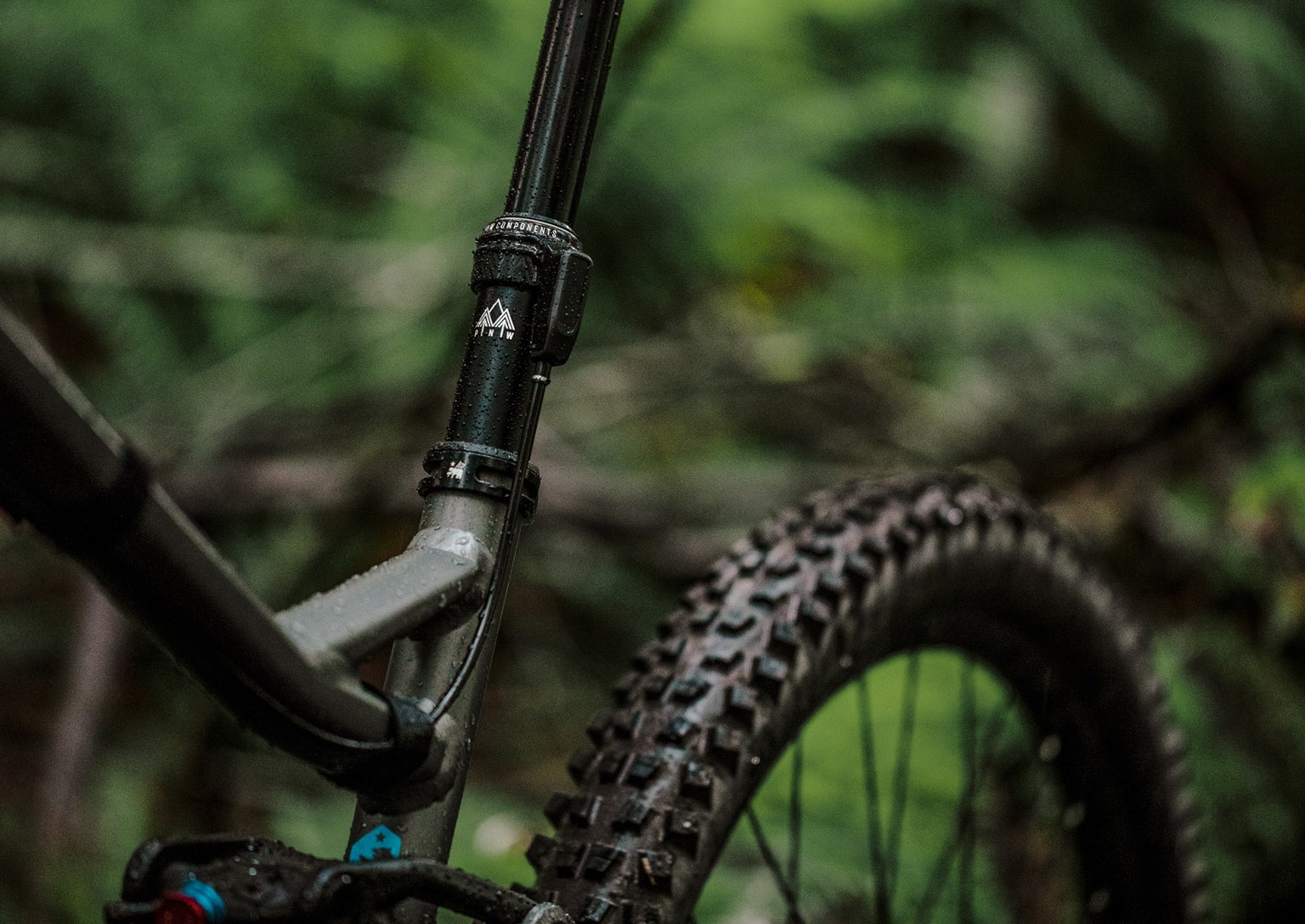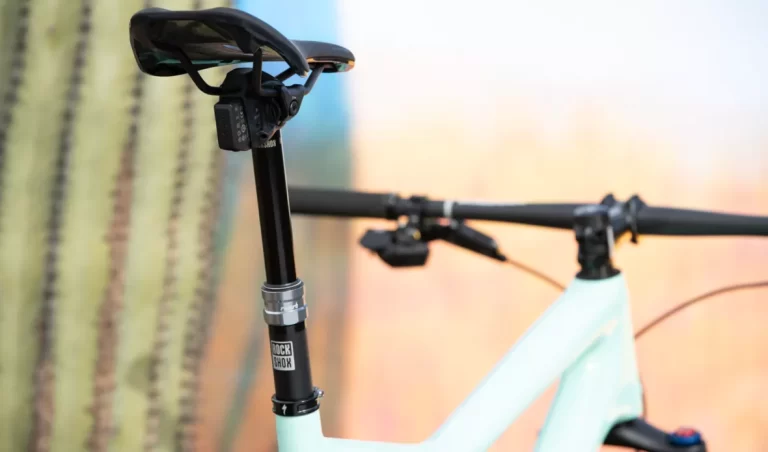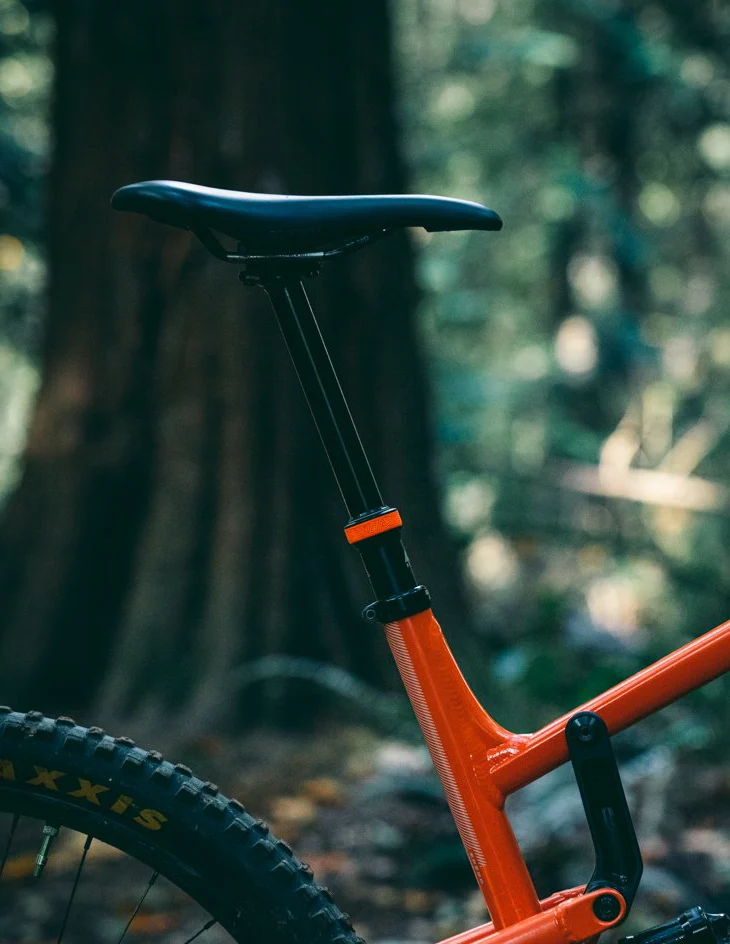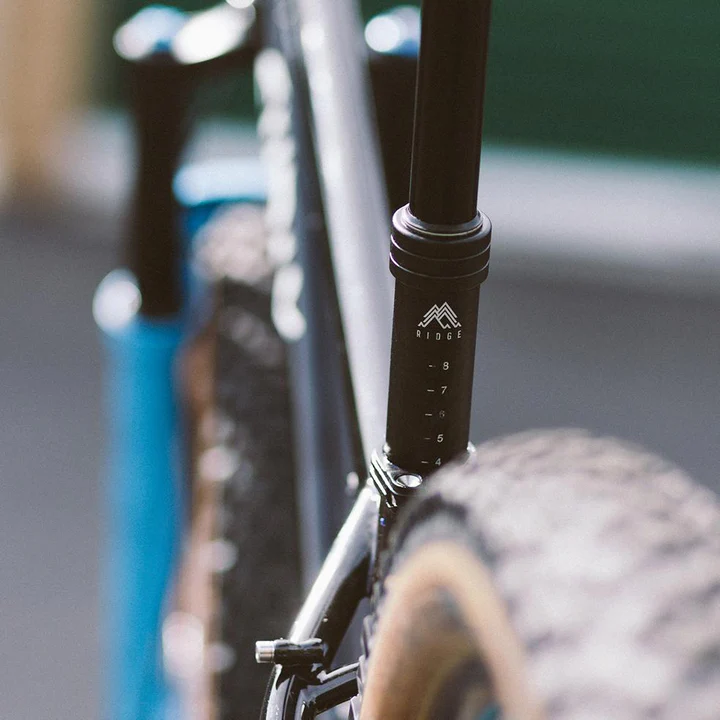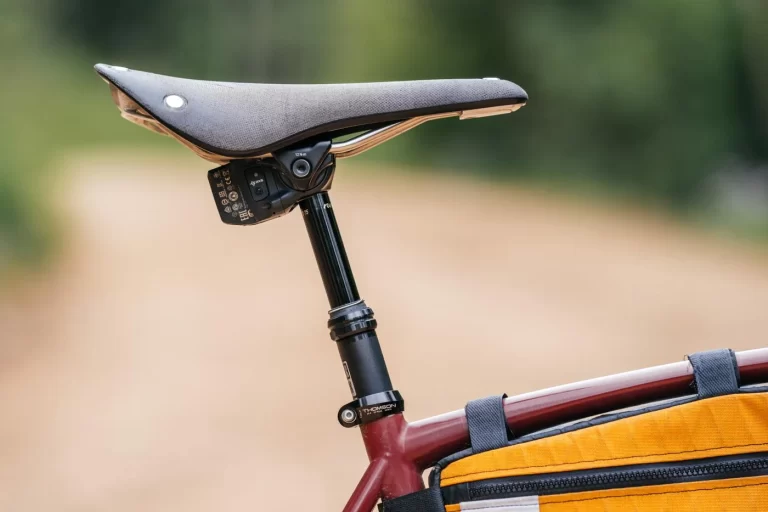Weight Considerations for Dropper Posts
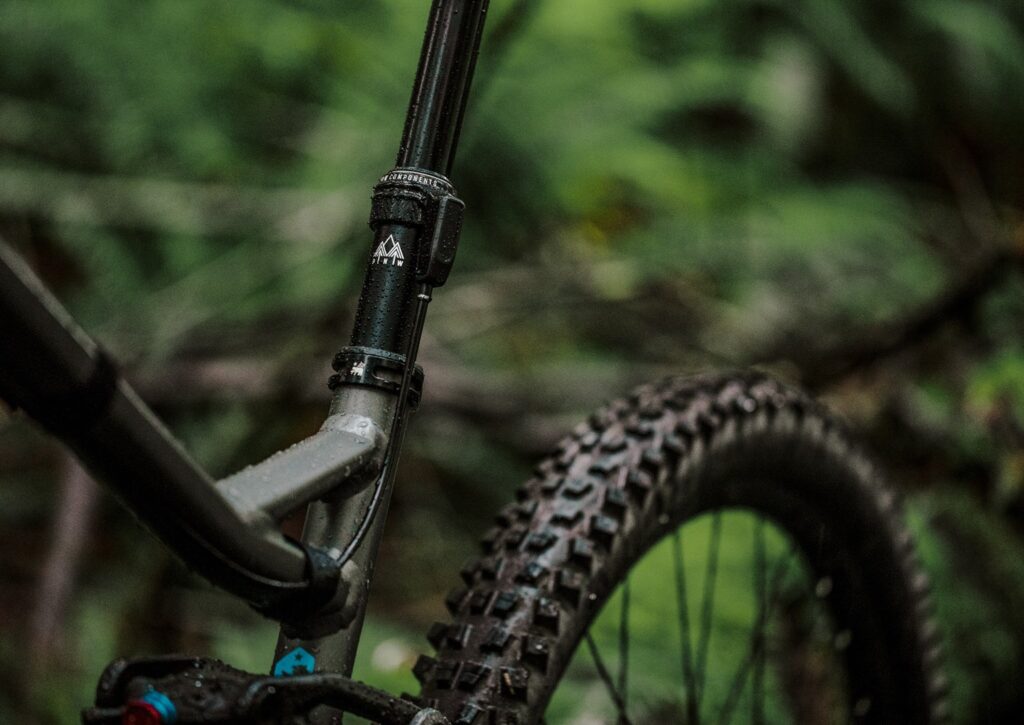
Key Point Summary of Weight Considerations for Dropper Posts:
- Weight Impact of Dropper Posts: Dropper posts add weight to your bike setup, which can influence climbing efficiency and overall bike handling.
- Performance Trade-offs: The added weight is often justified by increased control and safety during descents and technical sections.
- Material and Design Choices: Manufacturers have made strides in reducing the weight of dropper posts through material choices like carbon fiber and design optimizations.
- Balancing Weight and Functionality: Selecting the right dropper post involves balancing weight, durability, and the specific needs of your riding discipline.
- Personal Preference and Riding Style: Ultimately, the choice of dropper post depends on your personal preference, riding style, and the type of terrain you frequently encounter.
In the world of cycling, where every gram can be scrutinized for its worth in gold, the introduction of the dropper post presented a new quandary. As a seasoned cyclist who’s pedaled through the ranks of mountain, gravel, and cyclocross biking, I’ve observed and experienced firsthand the evolution of the dropper post, especially concerning its weight implications. This article aims to demystify the weight considerations of dropper posts for those dabbling in the cycling world, from beginners to mid-level enthusiasts.
The Weight Debate in Dropper Posts
As a master’s cyclist who has spent a considerable amount of time experimenting with different bike setups across various disciplines, I’ve watched the dropper post become an almost indispensable part of the modern cyclist’s arsenal. However, the addition of a dropper post inevitably brings about weight considerations, which can be particularly poignant for those of us keen on optimizing every aspect of our ride.
The Initial Skepticism
I remember my initial skepticism toward dropper posts, primarily due to their weight. Adding extra grams to my setup seemed counterintuitive, especially for climbing-heavy courses where a lighter bike could mean the difference between standing atop the podium or not. However, as dropper post technology evolved and I became more adept at utilizing its benefits, my perspective shifted. The weight penalty seemed a small price to pay for the significant advantages in control and safety on descents and technical sections.
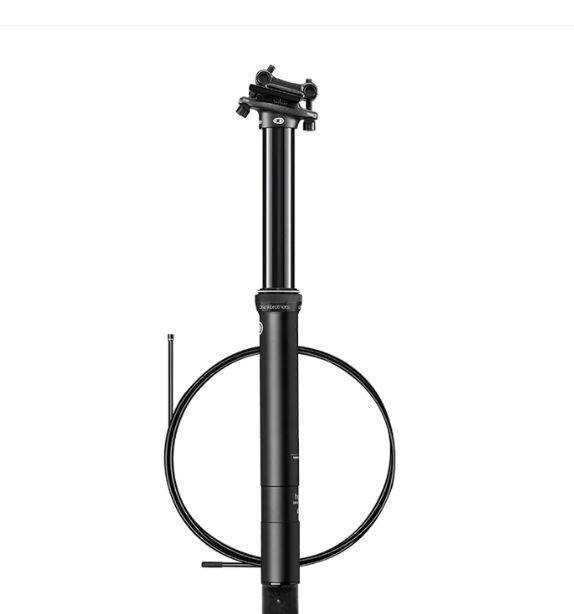
Weighing Performance Trade-offs
The key to embracing the weight of a dropper post lies in understanding the trade-offs. On mountain trails, the ability to lower the saddle instantly allows for a more aggressive stance, greatly enhancing control and reducing the likelihood of over-the-bars incidents. In gravel riding and cyclocross, where off-the-bike moments are more common, the convenience and speed of saddle adjustments can be crucial.
I recall a particular mountain bike race where the dropper post’s weight was barely a blip on my radar, overshadowed by the confidence it gave me on a treacherous descent. The ability to lower my center of gravity on the fly transformed my descent technique, turning what was once a tentative negotiation into a series of strategic, controlled movements.
Material and Design Innovations
Manufacturers have not been idle in addressing the weight concerns of dropper posts. Advances in materials, such as carbon fiber, and design optimizations have led to lighter models that cater to weight-conscious riders. My transition to a carbon fiber dropper post was revelatory, offering a noticeable reduction in weight without sacrificing the post’s reliability and functionality.
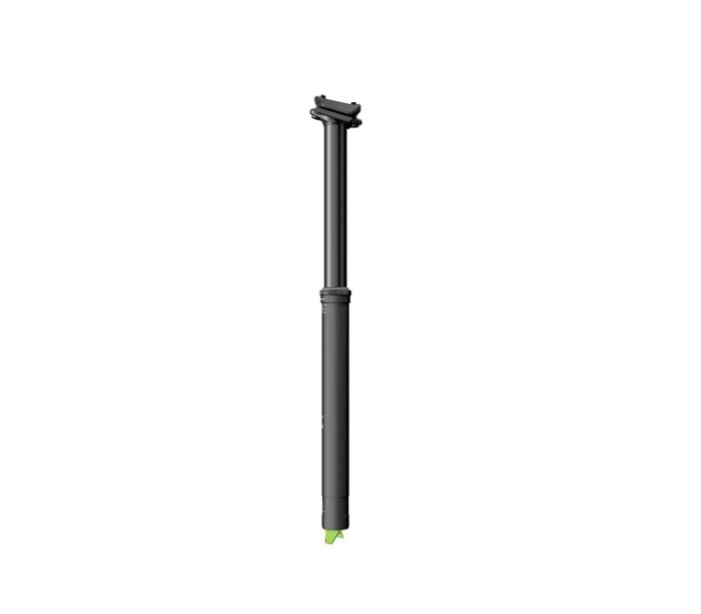
Finding the Right Balance
Choosing a dropper post involves a careful balancing act between weight, functionality, and durability. For those of us racing in disciplines where every gram counts, considering the weight trade-off is essential. However, it’s also crucial to weigh these considerations against the post’s benefits for your specific riding style and the terrain you typically encounter.
My approach has always been to prioritize functionality and control over minimal weight savings, a philosophy that has served me well across diverse racing disciplines. The slight weight penalty of a dropper post pales in comparison to the advantage gained in technical control and the ability to adapt quickly to changing terrain.
Personal Preference Reigns Supreme
Ultimately, the decision to incorporate a dropper post into your bike setup, and which model to choose, comes down to personal preference and riding style. For some, the weight addition might seem unjustifiable, while for others, the performance benefits far outweigh any potential drawbacks.
In my journey, the transition from skepticism to advocacy for dropper posts was fueled by countless rides and races where the benefits of on-the-fly saddle height adjustment became indisputably clear. Whether navigating steep descents, tackling technical singletrack, or competing in grueling cyclocross races, the dropper post has become an integral component of my setup, one that I would not readily forgo for the sake of saving a few grams.
Weight Considerations for Dropper Posts: Concluding Thoughts
The weight considerations of dropper posts are undeniably an important factor in the broader discussion of bike setup and optimization. However, as technology advances and the cycling community grows more adept at leveraging these tools, the narrative shifts from a simple calculation of grams to a more nuanced understanding of performance, control, and rider safety.
For fellow cyclists, whether you are just starting out or have years of dirt under your cleats, the decision to include a dropper post in your setup is one that merits careful consideration. Beyond the weight, think about how a dropper post can transform your riding experience, offering newfound confidence and capability on trails or courses that once seemed daunting.
Dropper Post Recommendation
Apart from the RockShox Reverb AXS, which I previously praised for its cutting-edge features and wireless operation, I highly recommend considering the Fox Transfer Performance Elite. This dropper post strikes an excellent balance between weight, reliability, and cost. It comes in both internal and external routing options to suit various frame designs and has proven itself to be a durable and consistent performer under varying conditions.
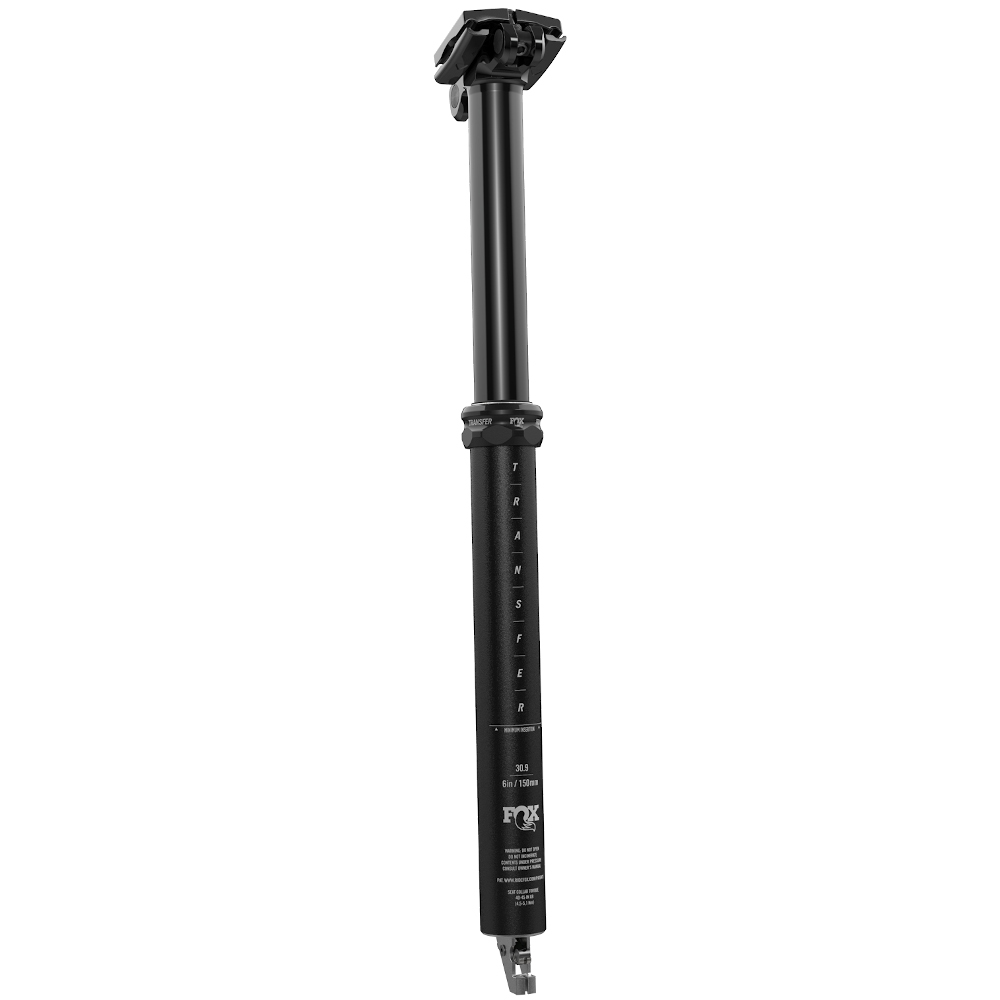
The Fox Transfer offers a range of travel options to accommodate different bike sizes and rider preferences, making it a versatile choice for mountain bikers, gravel riders, and cyclocross enthusiasts alike. Its mechanical operation is straightforward and reliable, with a cable-actuated remote that ensures smooth height adjustments. While it may not boast the wireless tech of the Reverb AXS, its performance, ease of maintenance, and slightly lower weight make it a worthy contender for riders looking to optimize their setup without breaking the bank.
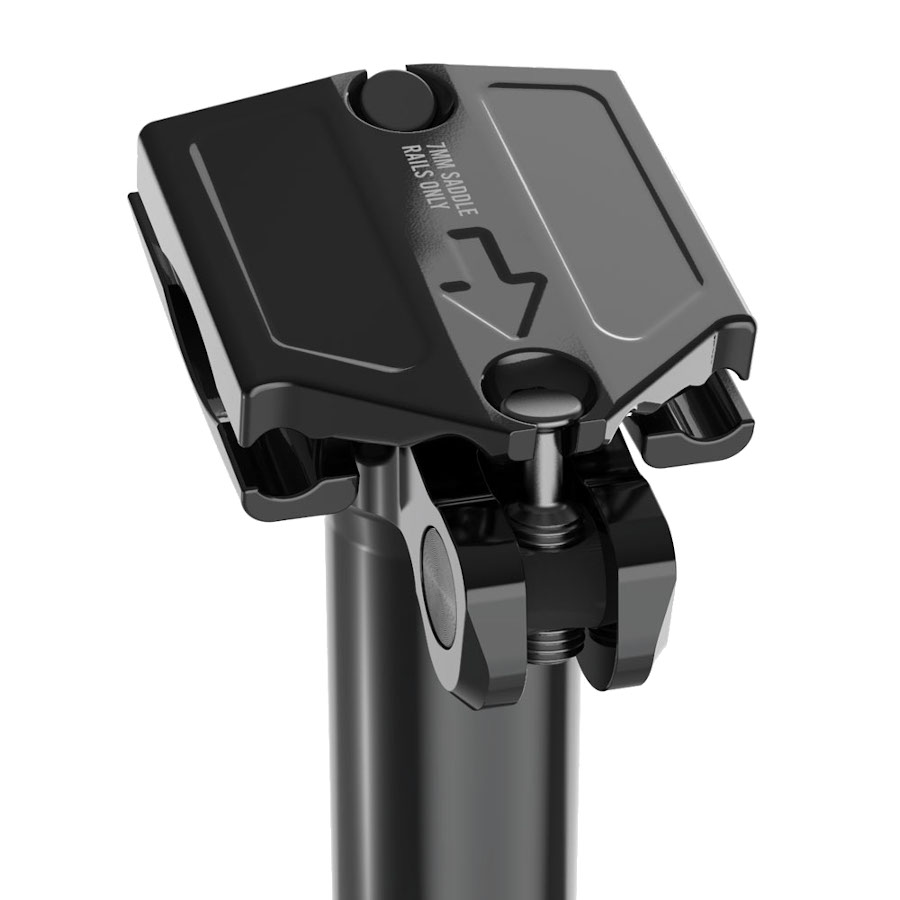
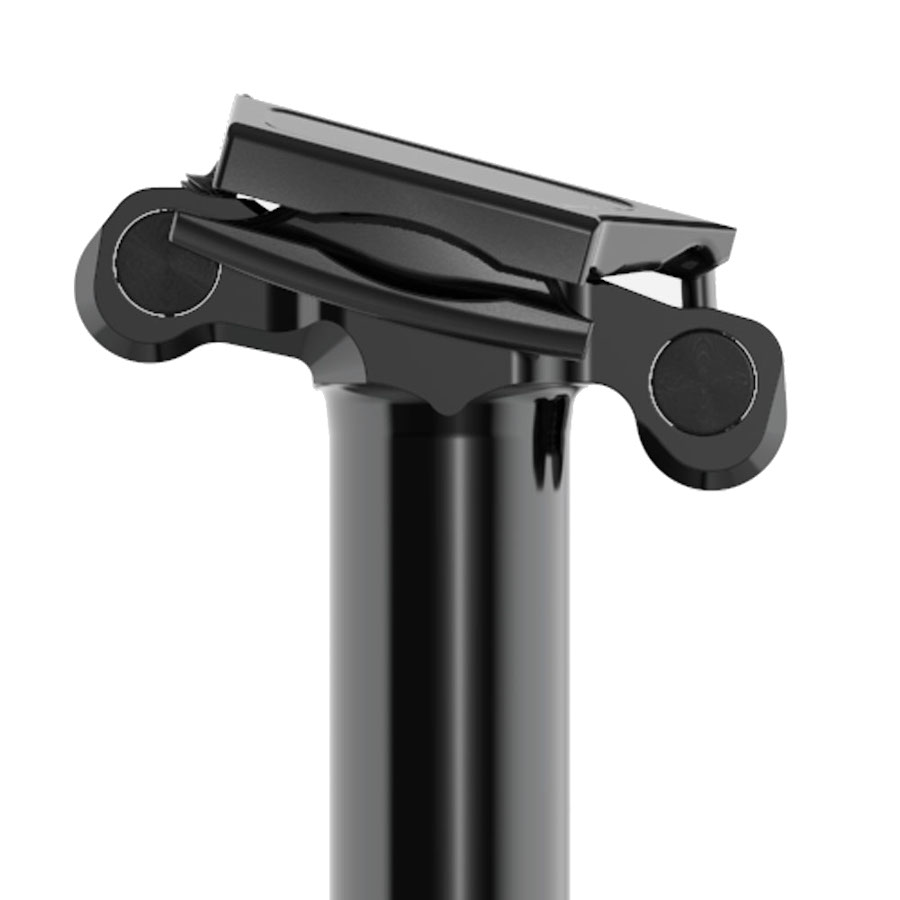
The Bigger Picture
Embracing a dropper post, regardless of the model, represents a commitment to evolving as a cyclist. It’s about prioritizing control, safety, and enjoyment over the minimalist weight savings that might come from a more traditional setup. Whether you opt for the high-tech allure of the RockShox Reverb AXS or the solid, dependable performance of the Fox Transfer, the most important factor is how the dropper post aligns with your riding goals and preferences.
Final Thoughts
The journey of integrating a dropper post into your bike setup is a personal one, influenced by your unique experiences, preferences, and the specific challenges of your chosen cycling disciplines. While weight considerations are undeniably important, they are but one piece of the puzzle. As you weigh your options, consider not just the grams but the impact on your riding experience. With the right dropper post, the benefits can far outweigh the costs, unlocking new levels of performance and enjoyment on the bike.
FAQ
How much weight does a dropper post add?
A dropper post typically adds around 200 to 600 grams to a bike, depending on the model and material.
How big should my dropper post be?
The size of your dropper post should be chosen based on your bike’s seat tube length, your leg length, and the maximum travel you can comfortably use while maintaining proper leg extension at full extension and being able to fully lower the post when needed.
How do I choose the right dropper post?
To choose the right dropper post, consider the seatpost diameter to match your bike’s frame, the travel length that suits your leg length and riding style, the overall length of the post to fit your bike frame, and whether you prefer a cable-actuated or hydraulic remote operation. Also, think about weight, reliability, and budget.
How much does a 30.9 dropper post weight?
The weight of a 30.9 dropper post varies by brand and model, but on average, it can weigh anywhere from 400 to 700 grams.
Happy trails!
John
